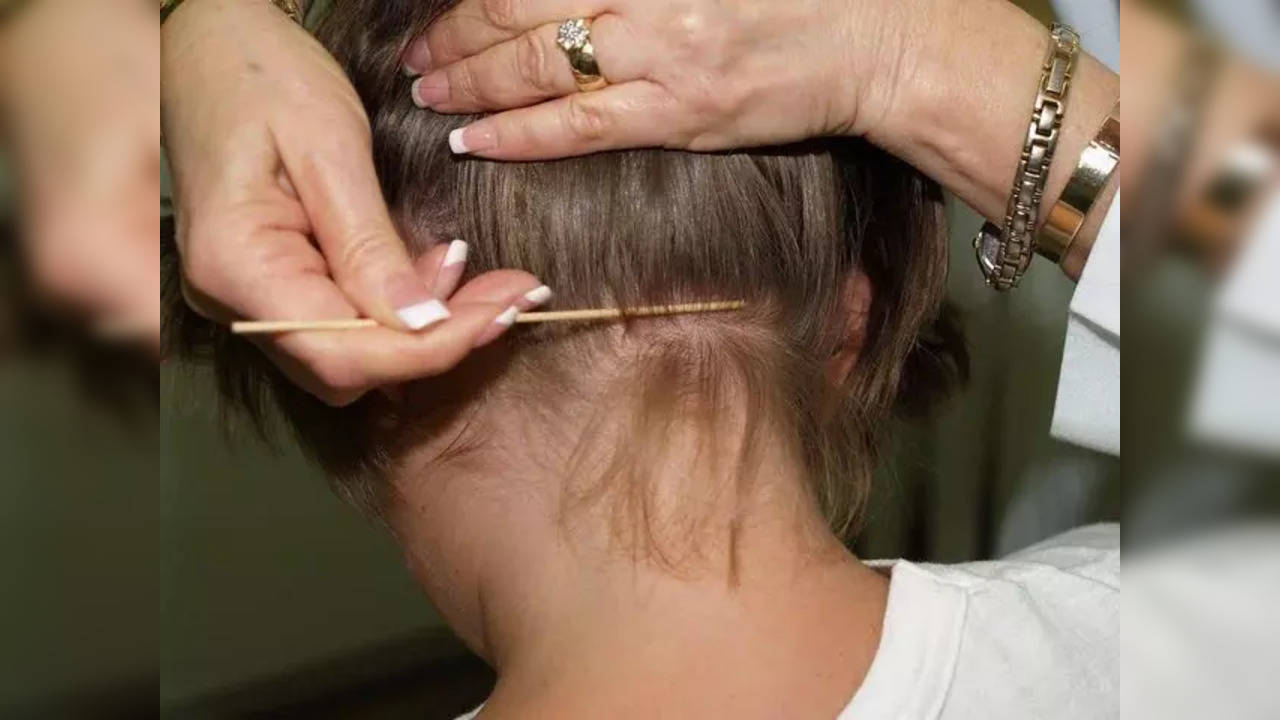What Are Super Lice? Experts Sound Warning About Their Rise in Canada
Health experts in Canada are sounding the alarm over the resurgence of highly resistant "super lice," which are proving challenging to eradicate. Shawnda Walker, of Nitwits, notes a rapid increase in cases following a COVID-19 dip. Traditional treatments are ineffective against these genetic mutations, prompting exploration of alternative methods. Prevention emphasizes awareness and discouragement of sharing personal items. Vigilance and effective treatment strategies are crucial in combating these persistent parasites.

Super lice, the highly resistant strain causing concern among health experts in Canada, pose challenges for eradication efforts.
Photo : Twitter
In light of the resurgence of super lice in Canada, health experts are now sounding the alarm for caution. These highly resistant strains are now proving to be difficult to eradicate. These Super lice are the end product of continuous genetic mutations. This makes them resistant to conventional methods of treatment, posing as a stubborn headache for those afflicted.
Shawnda Walker, the founder of Nitwits, a head lice removal company in New York, points out the sudden increase in super lice cases. “It’s back fast and furious,” says Walker, following a dip during the COVID-19 pandemic. With an average of 30 cases per day, the contributing factors remain uncertain. Factors like shifts in school policies and increased travel could potentially play a role in the sudden spike.
What are head lice?
Head lice are tiny insects that infest the scalp, lay eggs and reproduce rapidly. They undergo three stages of development: egg (nit), nymph, and adult. One fertilized, female lice remain pregnant throughout their lifespan. This ensures that the infestation continues, and it spreads through close contact. While lice infestations primarily affected school-going children, cases are now on the rise in older age groups as well, specifically individuals aged 12-18.
Conventional methods of treatment include the use of insecticides such as pyrethrins and permethrin. However, when it comes to super lice, these treatments are proving to be futile. This has prompted the exploration of alternative approaches. So far, non-toxic enzyme-based treatment coupled with thorough combing is still the most effective way to rid the scalp of these stubborn pests.
Contrary to popular belief, lice infestations are not a reflection of poor hygiene, with experts noting that anyone is susceptible to becoming a host. The most common symptom of an infestation is itching, among others. Health authorities discourage the sharing of personal items and call for an increased awareness about the importance of periodic head checks.
While head lice may not pose an immediate threat to health, their new-found resistance poses a significant challenge when it comes to treatment and eradication. In light of these new changes, it is essential to adopt a proactive stance. Healthcare professionals now recommend using stronger medication for resistant cases.
By Jenel Treza Albuquerque
Trending:
End of Article
Subscribe to our daily Newsletter!
Related News






MH370 Mystery Solved? UK Expert Explains Google Maps Sighting

Crime Of Passion: US Man Beheads Boss After Stealing $400,000 To Buy Gifts For Girlfriend

Videos From Pakistan Show Horrors Of 'Blasphemy': Several Christians Lynched, House Burned

Russia Strike On Kharkiv Hypermarket Leaves At Least 2 Dead, Dozens Injured

Thames Water Contamination Row: Company Responds After 'Vomit Bug' Cases









